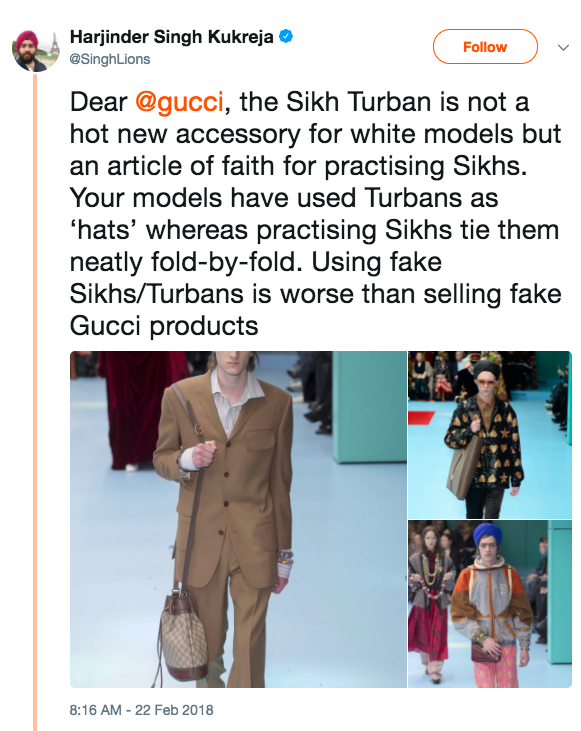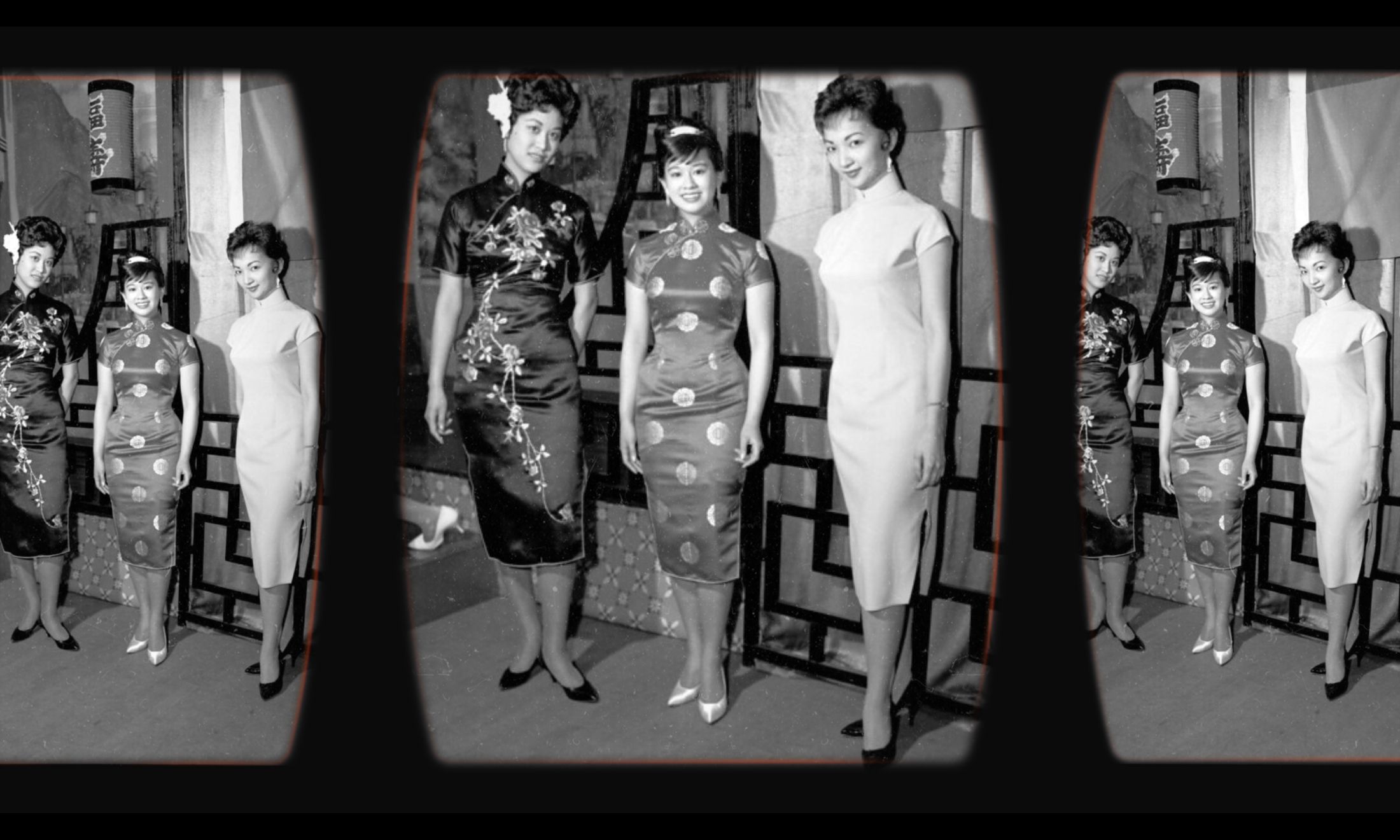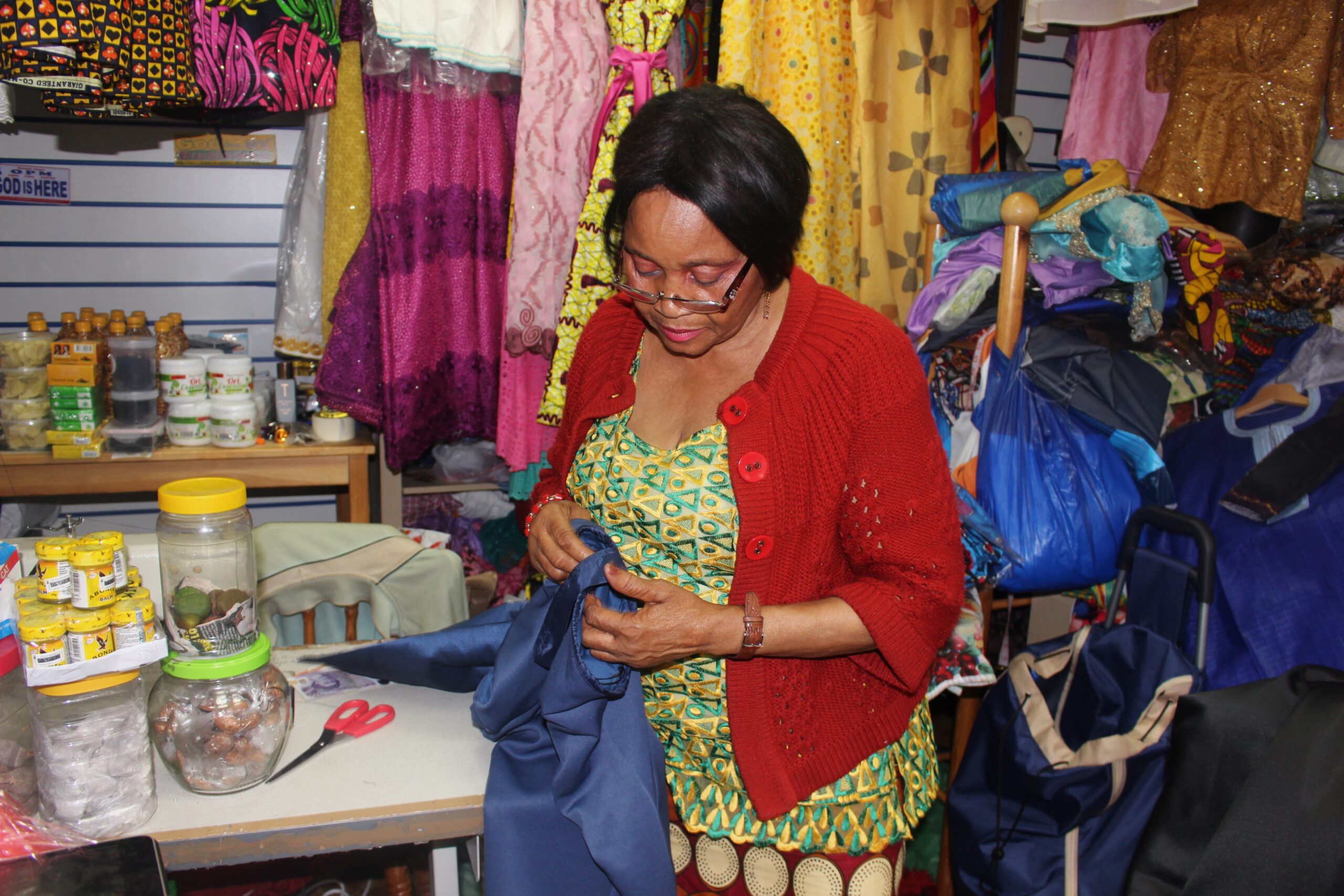
My parents grew up in India and Kenya before coming over to the UK with their families for opportunities of employment and a better quality of life. They came over at a relatively young age, my mum being a mere 15 years old with a family of eight other siblings and my dad in his late 20s. As two Sikhs entering the UK for the first time, they struggled to settle into British life with ease. This was due to incidents of racism and verbal abuse based on their appearances, ways of dressing, speech and religion. One key aspect being my dad’s less-than-seamless transition into the world of work.
He began his career working as a prison officer, where he was quickly told he needed to remove his turban as it was considered non-official uniform. Something as little as this may not seem like a big ask, but as you become aware of what wearing a turban really means for a Sikh man, the stakes change.
“For Sikhs, the turban is considered an article of faith, representing self-respect, honour and courage”
So, what are turbans? Turbans are head coverings made of long lengths of material wrapped around the head to cover it as a sign of respect. For Sikhs, the turban is considered an article of faith, representing self-respect, honour and courage.
Sikhs regard their turbans to be an extremely important and a significant aspect of their religion. It’s intrinsic to their religious identity, with the first dating back to the time of one of the first Gurus, Guru Angad Dev. Representing holistic values, the turban promotes spirituality, honour and responsibility as it marks a number of hugely traditional occasions such as selflessly serving the community or a son taking over the family responsibility once his father passes away.
“It’s an article of clothing that fellow Sikhs fought for the right to wear in their daily lives, and still do to this day”
Essentially, the turban is an integral part of the Sikh community and represents a whole host of traditional values. Despite this, millions of Sikhs have been chastised for this aspect of their appearance. Some have even been beaten and abused and refused entry to places. It’s an article of clothing that fellow Sikhs fought for the right to wear in their daily lives, and still do to this day, as false accusations of terrorism and targeted acts of violence towards Sikhs are not a thing of the past.
And now? Gucci, one of fashion’s biggest brands, not only took this emblem of our culture but paraded it down the runway with a blatant lack of representation and regard for our culture as part of their Milan Fashion Week collection, which also included hijabs, niqabs and bindis. Not acceptable. This is a classic case of cultural appropriation.
I speak for thousands of Sikhs all over the UK who have been ridiculed for this aspect of their identity. To find parts of our culture so openly displayed as an item of desire, an item of fashion and an item of popularity (so long as it’s not a Sikh wearing it), is truly disheartening. In the words of Avan Jogia, “we get torn down for our things only to find them on the runway. It hurts”, and it does.
“Why is it that when Sikhs wear turbans, it’s frowned upon, but if Gucci parade them down the runway on a white model it’s fashion?”
As a child of immigrants, growing up hearing their stories of abuse in the workplace, segregation among “friends” and co-workers and being bullied for the cultural aspects they chose to adopt, (other examples including henna, wearing bindis or having long hair) only to see those exact aspects replicated on the runway without merit, does make you resentful. You begin to question why the very people who treated our parents, our friends and our family this way, are the same people capitalising on the aspects of their identity that they once belittled and made fun of. Why is it that when Sikhs wear turbans, it’s frowned upon, but if Gucci parades them down the runway on a white model it’s fashion?
Though brands like Gucci and their die-hard fans may argue that such an act is merely a promotion of the religion and some form of praise, I find it hard to believe that this is the case. With more and more Asian models entering the industry, would it have been that much of a struggle to not only find but allow a person of colour to represent their heritage on a global runway? The answer is most certainly a no.
“Let’s normalise the people that wear these items in their daily life, let’s promote them and praise them”
To truly promote the inclusivity that today’s fashion industry so desperately claims to want, let’s normalise the people that wear these items in their daily life, let’s promote them and praise them and let them be who they are without fear of racism or abuse. Let’s start by accepting the turban for the religious crown that it is and accept the people who choose to represent this aspect of their culture. Let’s normalise them, rather than taking the aspects of their identity that fit the runway aesthetic and using them to our advantage.
#turbansarentfashion, turbans are a part of Sikh identity, let’s not forget that.










